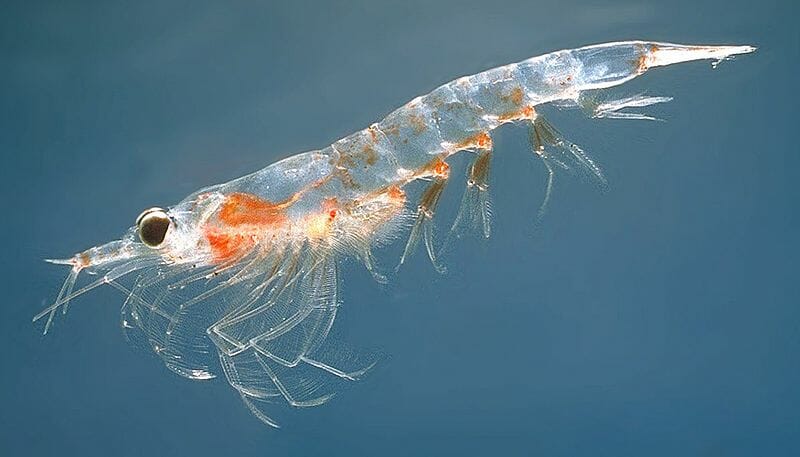Absent Zooplankton: Freshwater Ecology

Zebra Mussels, Zooplankton (absent), and Native Lake Trout (absent)
The Great Lakes are home to many species of fish and other aquatic organisms not present anywhere else. Zebra mussels, a highly invasive species, have become introduced into the Great Lakes and in many other places within New York water systems. These mussels wreak havoc on local ecosystems, often reproducing at massive rates and overwhelming ecosystems. Zebra mussels congregate into large colonies that compound as large mats, covering the floor of lakes and ponds. When the sandy bottom of a lake is covered up, fish and other aquatic life are unable to access food like plants and other creatures that inhabit lake beds. These huge mats also take up the breeding areas that many fish rely on, like the Lake Trout, a particularly vulnerable native species of New York State. While mussels are important in filtering debris and decaying material from waterways, the huge colonies formed by zebra mussels eat up zooplankton in mass quantities, hugely affecting food sources for young fish. The drastic increase in water clarity from overfiltration also encourages harmful algae growth. Zebra mussels tend to also clog drainage systems within homes and cause safety hazards on shores.
Composition installed and designed by: Trevor Cosgrove, Lydia McGrath, William Yi
My name is Claudia Buszta, and I am an Environmental Geography major. I am working this year with Professor Haughwout on the 6th E Street project to illustrate how different organisms relate to each other within their ecological communities. Our focus is on regional ecosystems in New York State, identifying how native species interact with human activity. These summaries are meant to accompany the visualizations of the ecologies within the tunnels.